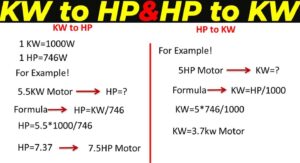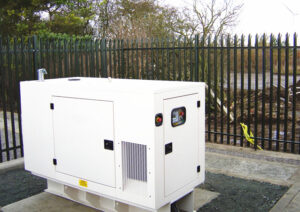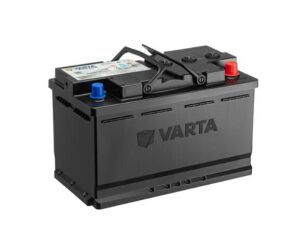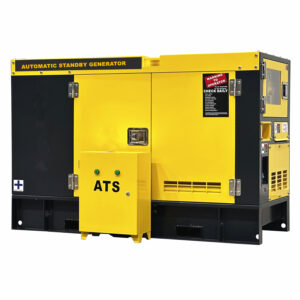In the world of diesel generators, understanding the load factor and its effect on the COP (Coefficient of Performance) is crucial for maximizing efficiency and longevity.
The load factor plays a pivotal role in a diesel generator's performance and efficiency. It determines how much load the generator is running under compared to its rated capacity, influencing the COP.
When operating a diesel generator, the load factor helps optimize the generator's performance, fuel consumption, and lifespan. It's key to managing the balance between power demand and fuel efficiency, which directly affects the generator's overall efficiency.
What is the load factor on a COP of a diesel generator?
Understanding the relationship between load factor and COP is important for both efficiency and cost.
The load factor refers to the ratio of the actual load (the power the generator is supplying) to its maximum rated capacity. When the load factor is high, the diesel generator runs more efficiently, which improves the COP.
The Importance of Load Factor for COP
When you run a diesel generator, the load factor directly impacts its efficiency. A higher load factor means the generator is being used closer to its rated capacity. When the generator is running at or near full capacity, the engine performs more efficiently, leading to a better COP.
On the other hand, when the load factor is low, the generator is underutilized. This often leads to wasted fuel and unnecessary wear and tear, which negatively affects both the fuel consumption and the COP. Generators that run on low loads are less efficient and may require more maintenance over time.
How Load Factor Affects the COP of Diesel Generators
-
Higher Load Factor:
A higher load factor means the generator operates closer to its rated capacity. This maximizes the engine's efficiency and reduces fuel consumption. When the load factor is high, the COP increases, which translates into better performance and reduced operational costs. Diesel engines are typically more efficient at higher loads because the combustion process is more stable, leading to less waste. -
Lower Load Factor:
When the load factor is low, the generator operates well below its rated capacity. This can lead to fuel inefficiency, as the engine isn't working at its optimal level. The COP of the generator decreases, meaning that more fuel is needed to generate the same amount of power. Over time, this inefficiency can lead to higher operating costs and increased wear on the engine, shortening the generator's lifespan.
Real-World Impact of Load Factor on Diesel Generator Performance
For example, let's say you're using a 500kVA diesel generator, but the average load placed on it is only 200kVA. This gives you a load factor of 40%, which is relatively low. Under these conditions, the generator is not working at its most efficient level. Fuel consumption increases, and the wear on the engine also rises.
Conversely, if the generator is operating at 90% of its rated load, this means it's running at 450kVA, which is a high load factor. The generator operates more efficiently, consumes less fuel for the same amount of power, and experiences less wear.
Practical Tips to Improve Load Factor
- Optimize Power Demand: Align your power usage to ensure that your generator is running closer to its rated capacity most of the time.
- Use Load Banks: Load banks are devices that can simulate electrical load, ensuring that the generator runs at optimal capacity even if the actual demand is low.
- Regular Monitoring: Monitor your generator's load factor regularly to ensure you're maintaining an optimal balance between power demand and fuel efficiency.
Conclusion
Understanding the load factor's effect on a diesel generator’s COP is crucial for maintaining efficiency and cost-effectiveness. By ensuring your generator operates at a higher load factor, you improve its overall performance and reduce long-term costs.








